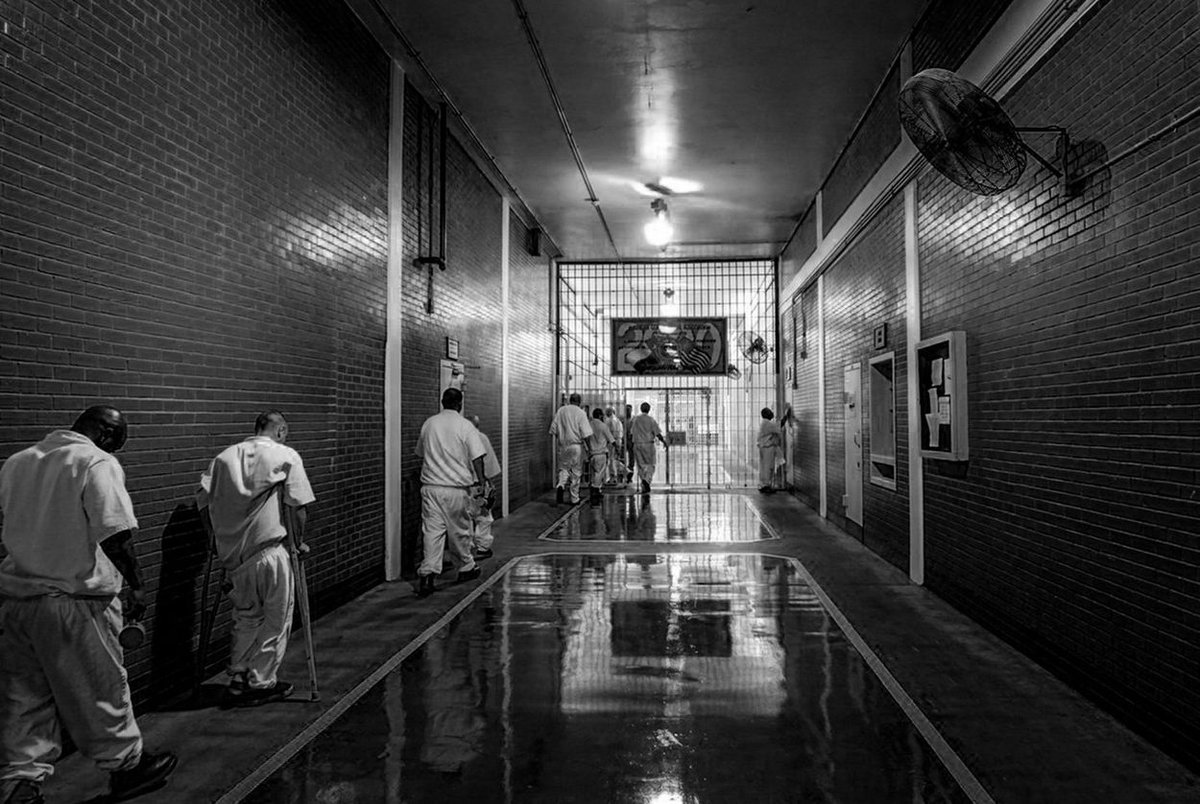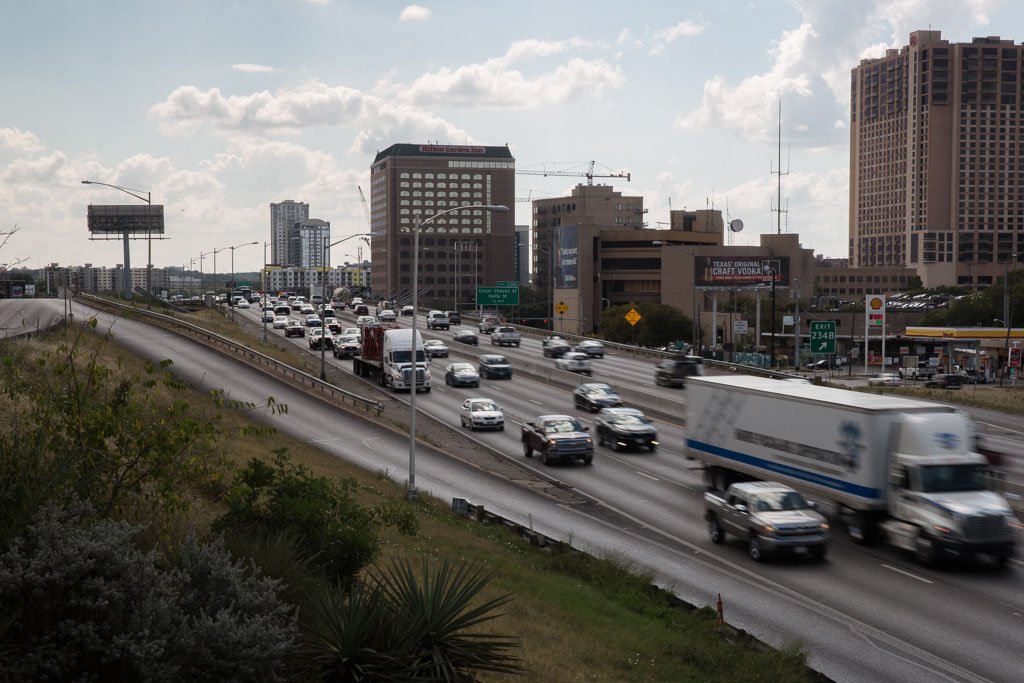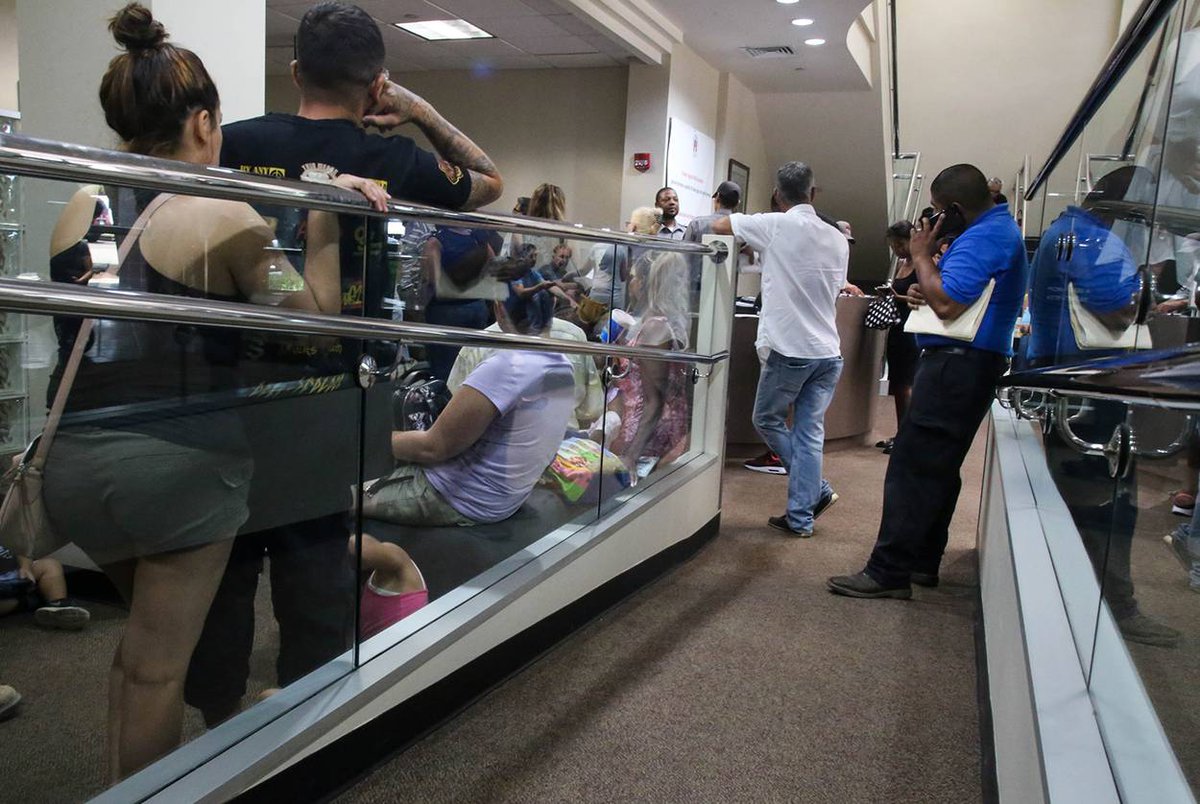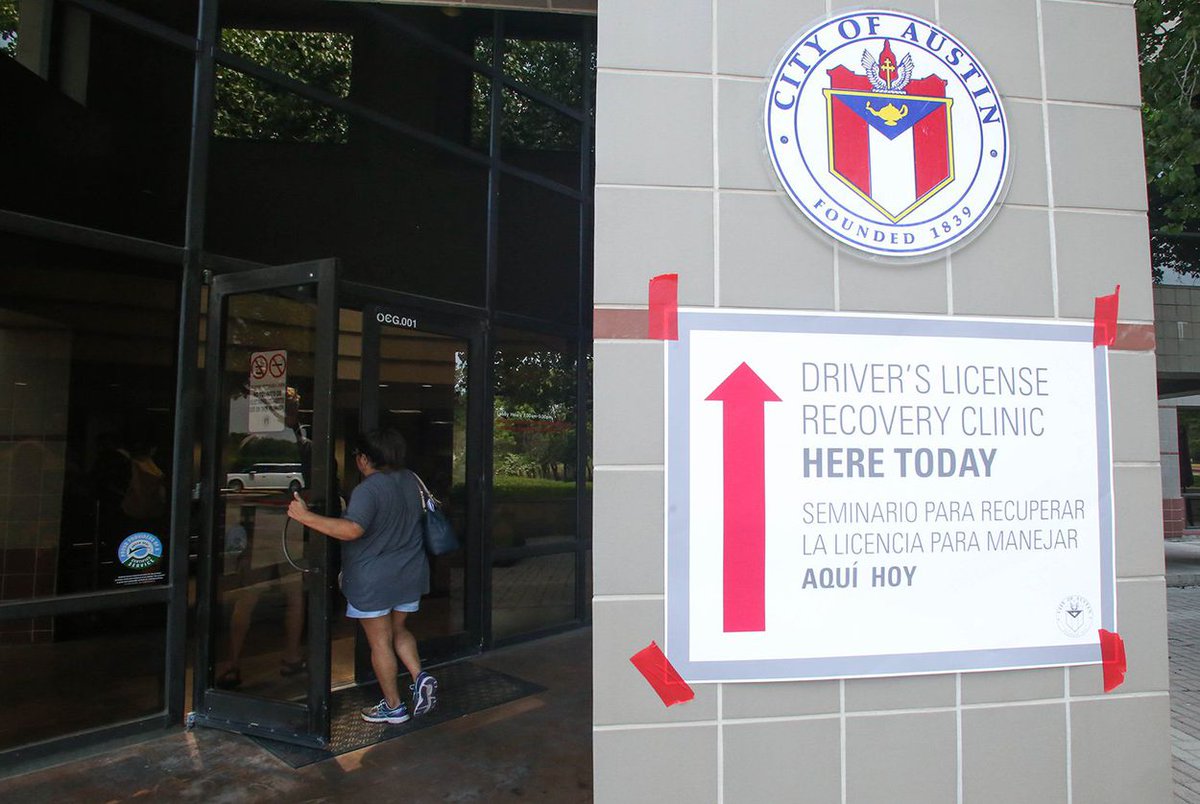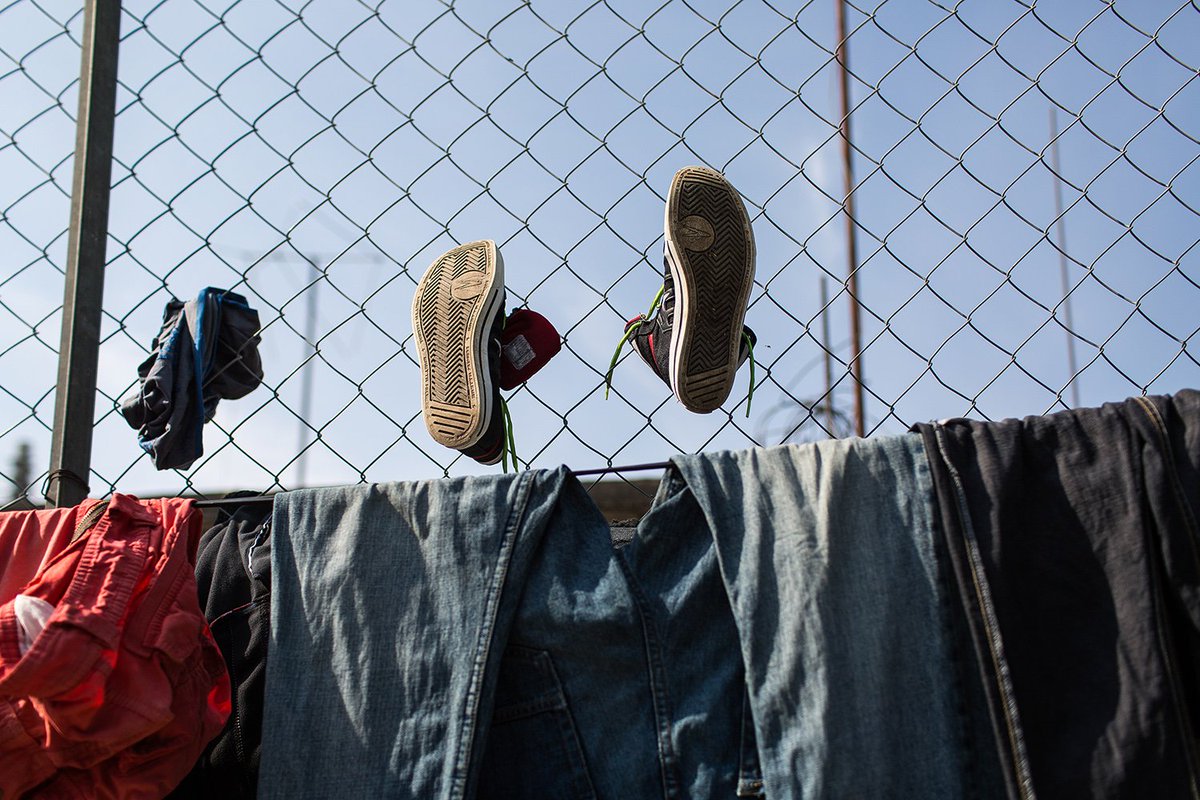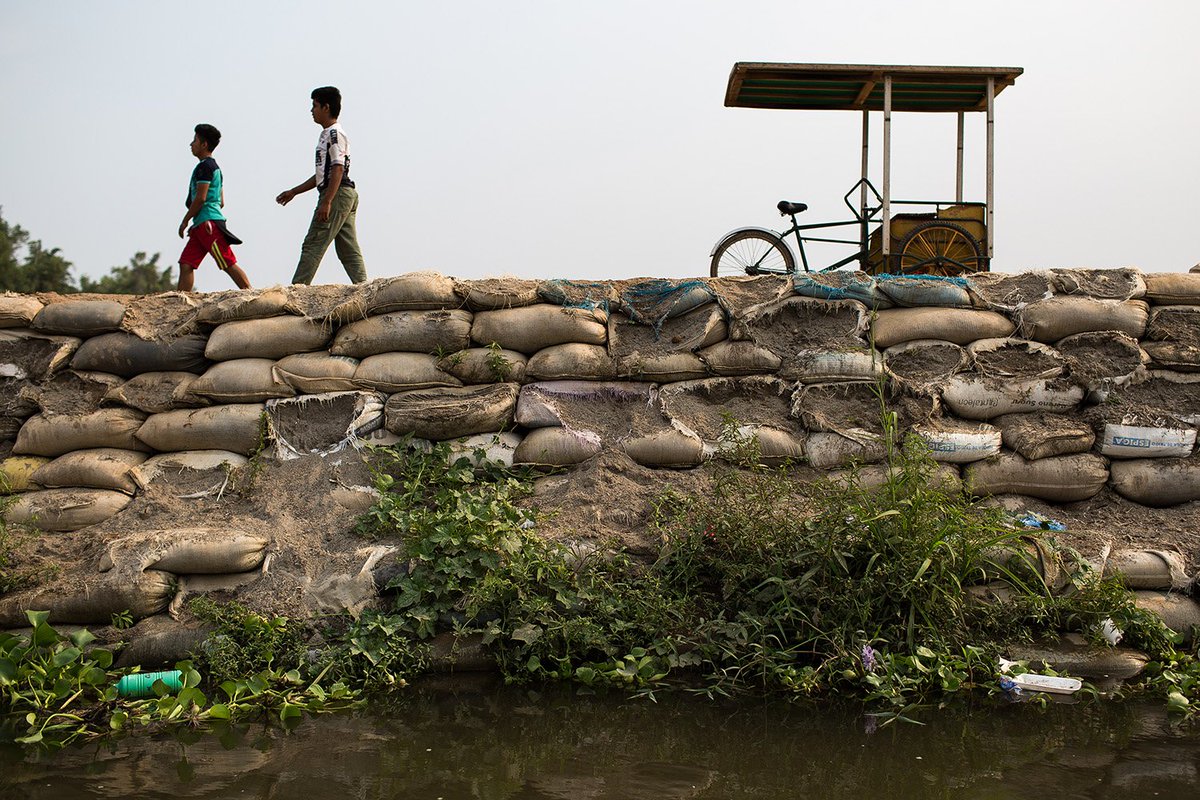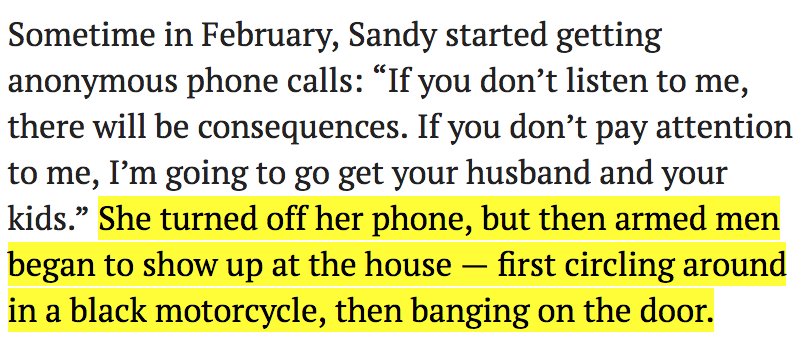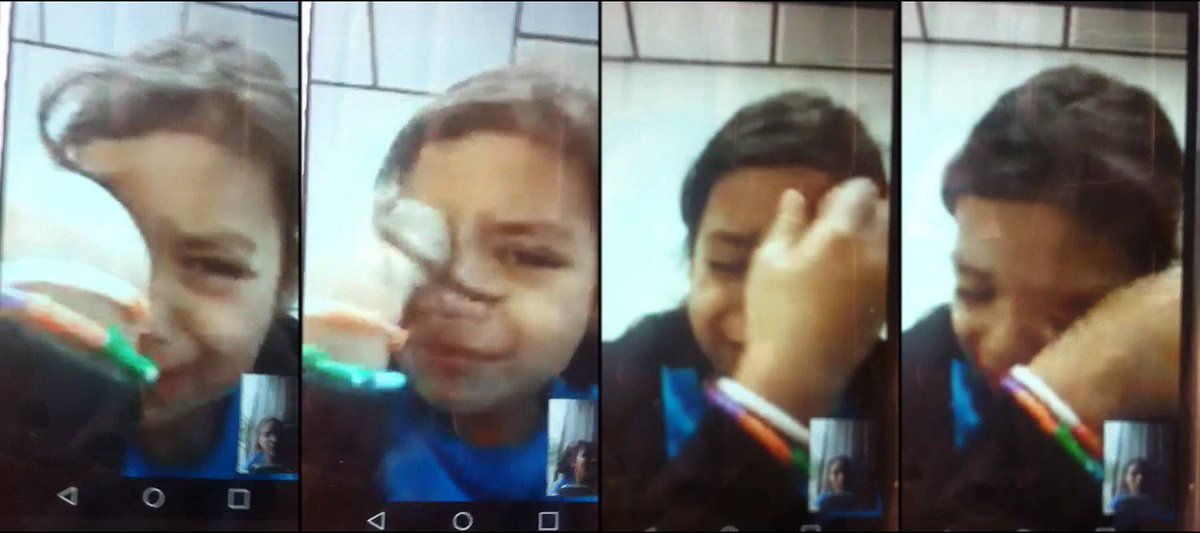Roy Oliver was found guilty of murder in the police shooting of Jordan Edwards.
Police officers are almost never convicted of murder.
Body cameras may have made the difference in this case.
#JordanEdwards #RoyOliver bit.ly/2LxVm8c
Police officers are almost never convicted of murder.
Body cameras may have made the difference in this case.
#JordanEdwards #RoyOliver bit.ly/2LxVm8c

2/ The use of police body cameras surged after the death of Michael Brown in Ferguson, Missouri.
Advocates hoped their use would increase transparency & hold officers accountable.
But studies have uncovered mixed results. trib.it/lK
Advocates hoped their use would increase transparency & hold officers accountable.
But studies have uncovered mixed results. trib.it/lK
3/ It’s not unusual for police officers to walk around with cameras on their chests anymore. Five of the six Texas cities with a population over 500,000 have already deployed the cameras. trib.it/lK 
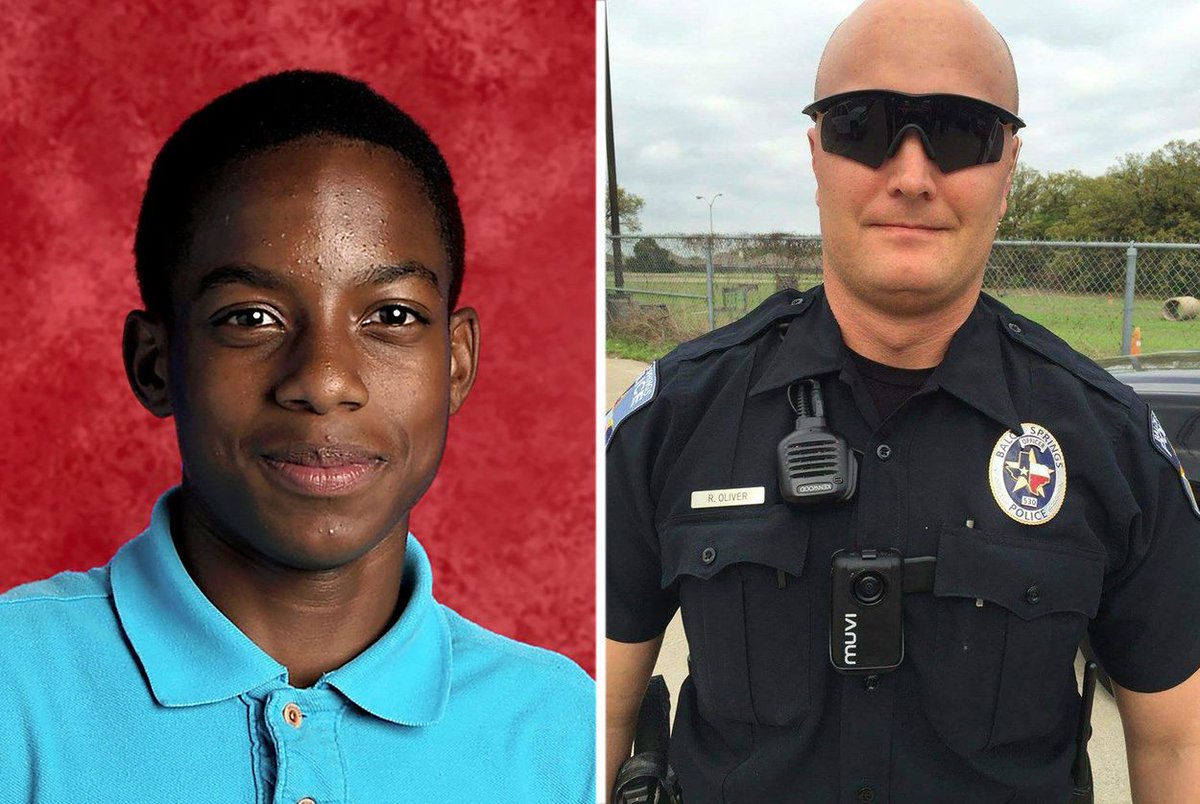
4/ And so footage from the body cameras have become commonplace in the news and on social media.
But their use in police prosecution is still rare. trib.it/lK
But their use in police prosecution is still rare. trib.it/lK
5/ Only 8 percent of prosecutors who used body camera evidence in criminal cases across the nation used it against a police officer, according to a 2016 study.
Most of the time, it is used as evidence against citizens. trib.it/lK
Most of the time, it is used as evidence against citizens. trib.it/lK
6/6 Read the full story here: trib.it/lK
• • •
Missing some Tweet in this thread? You can try to
force a refresh


